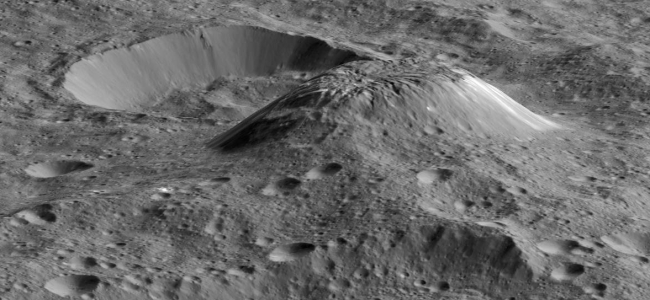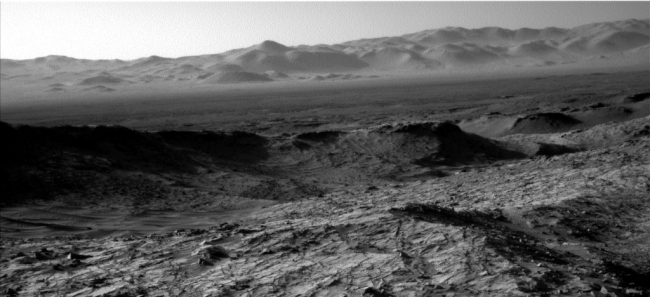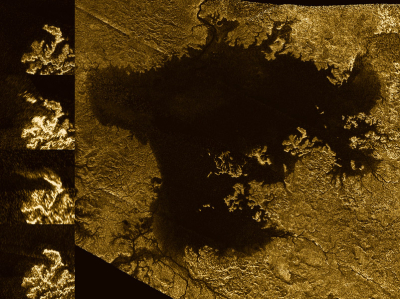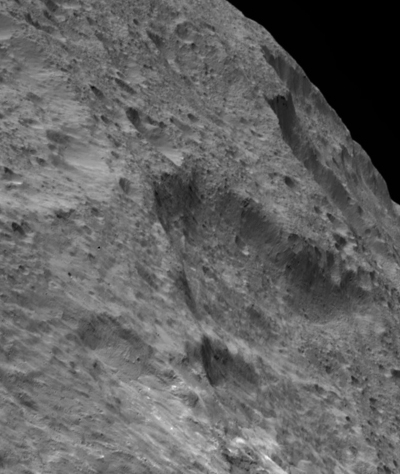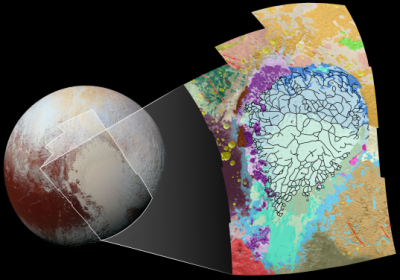NASA reschedules rather than cancels InSight
Forced to delay its launch because its primary instrument, built by the French, would not be ready for its 2016 launch, NASA has decided to go on with the InSight Mars mission, rescheduling it for a May 2018 launch, rather than cancelling it outright.
The seismometer, built by the French space agency CNES, will be repaired in time to make the 2018 launch window, said Jim Green, the head of NASA’s planetary sciences division in Washington DC. “That’s terrific news,” he told a planetary sciences advisory panel on 9 March. The Jet Propulsion Laboratory in Pasadena, California, will assume responsibility for building a new vacuum enclosure for the seismometer.
The last sentence above suggests that NASA has decided to take certain responsibilities from the French to make sure they get done right. It also means that the cost will be born by the NASA’s planetary program, cutting into other possible future missions.
Forced to delay its launch because its primary instrument, built by the French, would not be ready for its 2016 launch, NASA has decided to go on with the InSight Mars mission, rescheduling it for a May 2018 launch, rather than cancelling it outright.
The seismometer, built by the French space agency CNES, will be repaired in time to make the 2018 launch window, said Jim Green, the head of NASA’s planetary sciences division in Washington DC. “That’s terrific news,” he told a planetary sciences advisory panel on 9 March. The Jet Propulsion Laboratory in Pasadena, California, will assume responsibility for building a new vacuum enclosure for the seismometer.
The last sentence above suggests that NASA has decided to take certain responsibilities from the French to make sure they get done right. It also means that the cost will be born by the NASA’s planetary program, cutting into other possible future missions.

